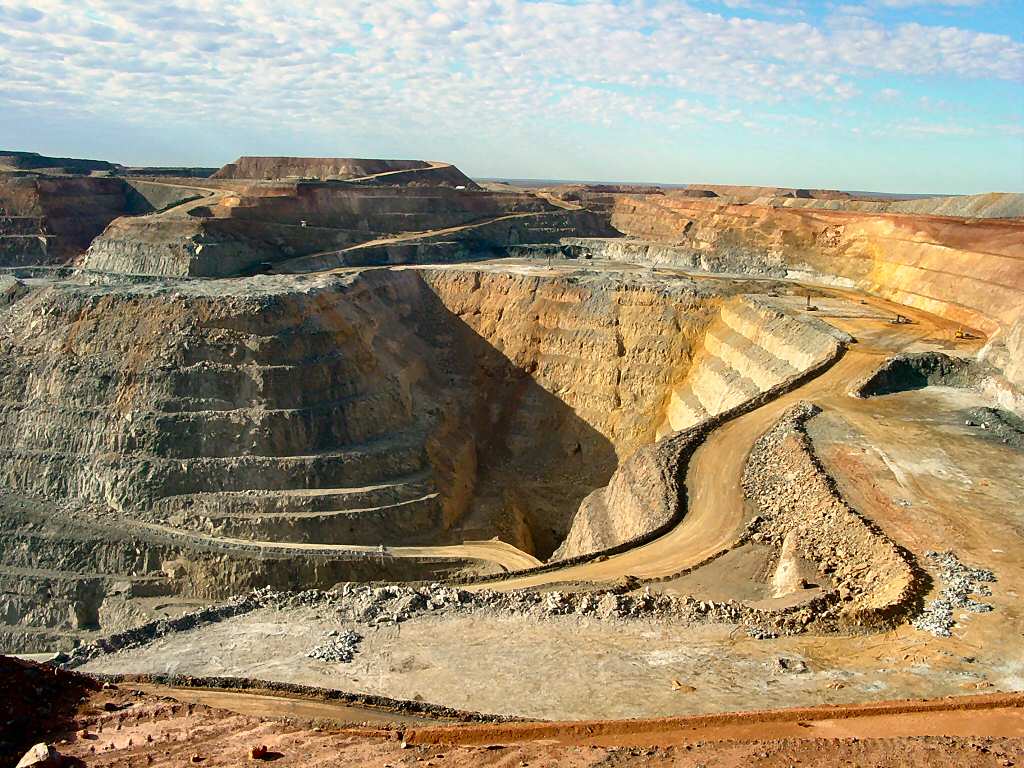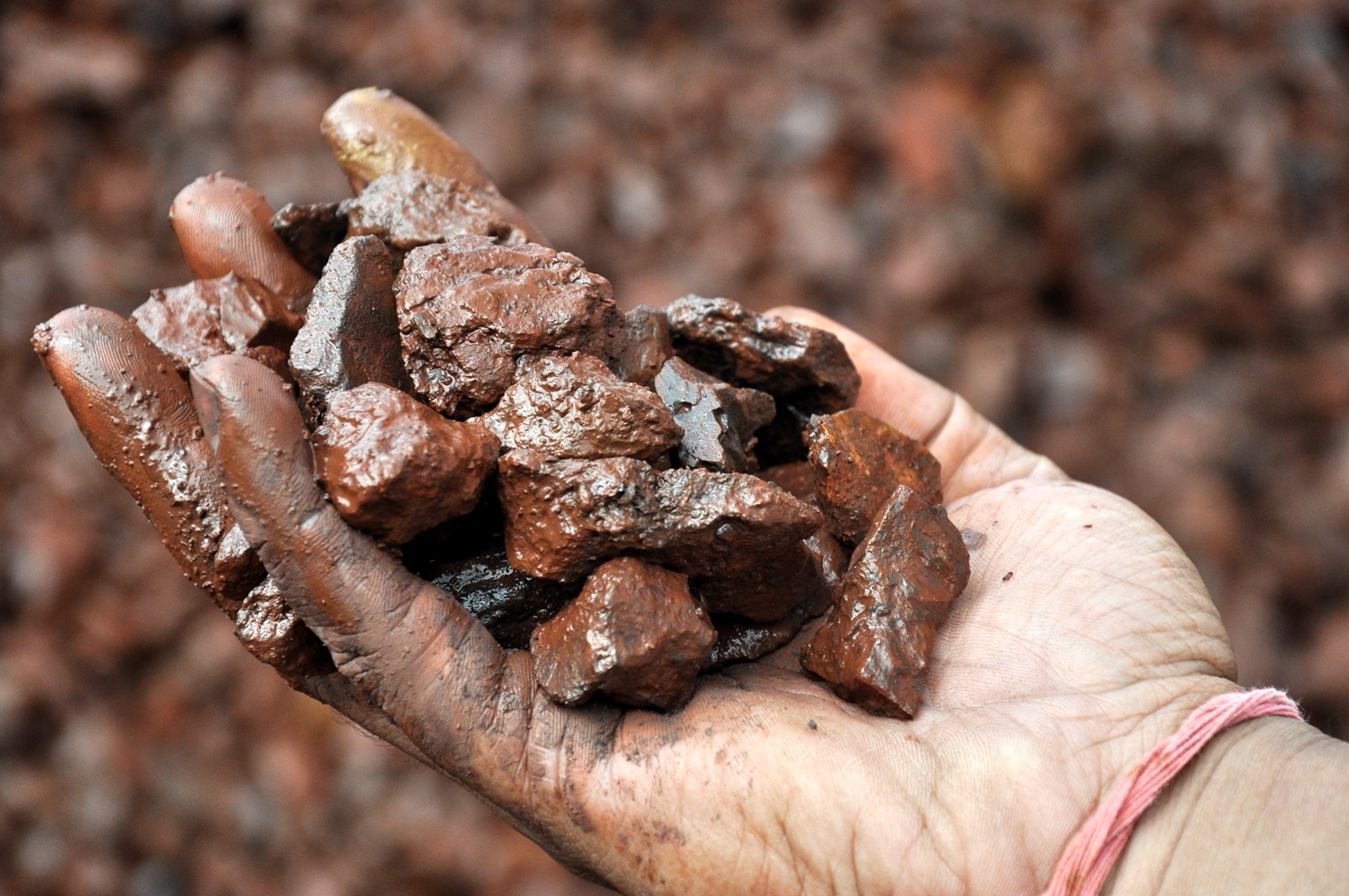
IRMA is taking a deep dive into FPIC in mining
July 9, 2025
The Initiative for Responsible Mining Assurance (IRMA) mining standard requires the highest level of compliance with Free, Prior and Informed Consent (FPIC). In realising this, they have undertaken a targeted exploration of FPIC in a new IRMA Standard for Responsible Mining 1.0–Supplementary Guidance on Indigenous Peoples and Free, Prior, and Informed Consent (FPIC) (Version 1.0) (‘the Guidance’). Whilst the parameters for undertaking and implementing FPIC is articulated in the IRMA Standard for Responsible Mining (IRMA-STD-001) (‘the Standard’), they seek to provide additional context in answering the following questions:
- How to determine if Chapter 2.2 (FPIC) of the IRMA Standard for Responsible Mining V1.0 is relevant to a particular site?
- How to determine if Indigenous Peoples’ rights or interests are affected, or potentially affected, by the site or its associated facilities?
- What kind of Indigenous Peoples’ rights and interests may be at risk in the context of mining?
- What is expected of companies that operate in a country that does not ‘recognize’ any Indigenous Peoples or does not recognize their specific individual or collective rights?
Framing the provision of FPIC of course is an understanding of what is meant by Indigenous People and how they are recognised. IRMA uses a modern and inclusive understanding of “Indigenous”. This means that proponents should not limit their effort, engagement, and review, to groups and individuals “officially” or “legally” recognized or self-recognized as “Indigenous Peoples” (i.e. with this terminology). “Indigenous Peoples” can include any group or individual recognized, or self-recognized, as Tribal Peoples, Tribes, First Peoples, First Nations, Aboriginals, Ethnic Groups, Adivasi, Janajati, and any relevant local or national denomination that may be in use.1
In the Australian context, a clear definition of rights holders is provided through the Native Title Act 1993 (Cth) and jurisdictional legislation, like the Victorian Aboriginal Heritage Act 2006 and Aboriginal Land Rights Act (Northern Territory ) 1976 (Cth). Whilst Australian native title laws are identified specifically in the Standard,2 regarding the Future Act regime and agreement making with Traditional Owners, it pertains to FPIC process requirements.
Concerningly, the definition of First Nations rightsholders (necessarily broadly defined to include Indigenous Peoples and communities across the globe) is not reliant on self-determined and representative decision-making bodies. Whilst it acknowledges Article 33 of UNDRIP,3 and the right of Indigenous Peoples ‘to determine their own identity or membership based on their own customs, traditions, and decision making’; it also provides for other ‘characteristics that may be determinant of whether a community or group is Indigenous’. The Guidance identifies that ‘formal / government recognition is not a prerequisite nor a limitation’, creating confusion as to whether the representative institutions under UNDRIP have equal rights in consultation as individuals.
It is important that such representative institutions are required and articulated in both the Standard and the associated Supplementary Guidance.
Find out More
Read the Guidance here https://responsiblemining.net/resources/#full-documentation-and-guidance
Footnotes
- IRMA Standard for Responsible Mining 1.0–Supplementary Guidance onIndigenous Peoples and Free, Prior, and Informed Consent (FPIC) (Version 1.0)(‘Guidance’), (Initiative for Responsible Mining Assurance: 2025), 4.
- IRMA Standard for Responsible Mining (IRMA-STD-001) (‘Standard’),(Initiative for Responsible Mining Assurance: 2018), 49.
- IbidGuidance, 12.
Image
Kalgoorlie's Super Pit 2005. Photo taken by Brian Voon Yee Yap. CC BY-SA 3.0
More Insights

Is it time to talk about Voluntary Industry Standards Schemes?
Is it time to talk about Voluntary Industry Standards Schemes?


